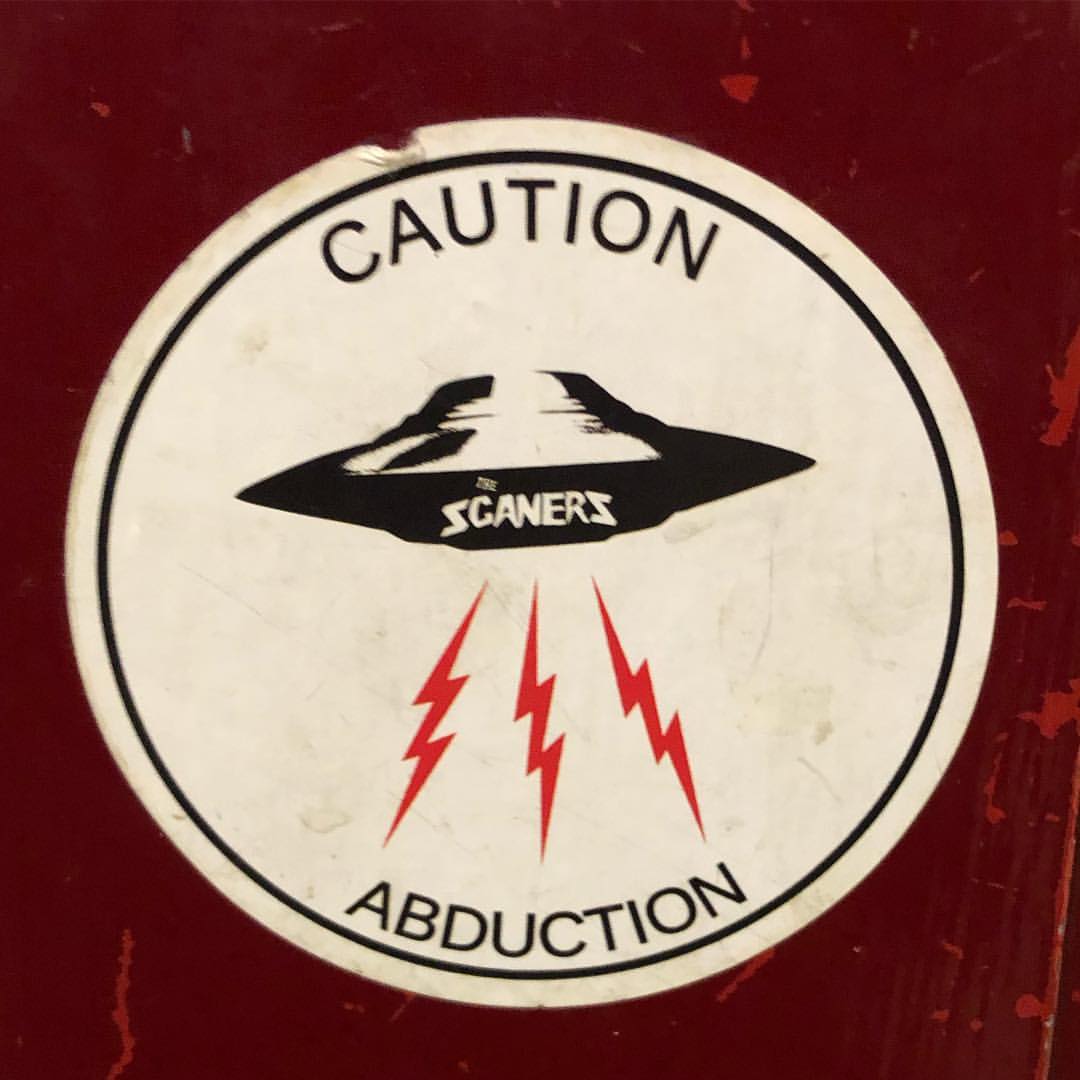
In 1967 Japan Air Lines issued this box set of leaflets which informed on all aspects of life in Japan.
Erin L. Thompson has one of the more unusual job titles in the art world and academia.
As a professor of art crime at the John Jay College of Criminal Justice, Thompson uses her law degree and a PhD in art history—both from Columbia University—to teach and report on looted antiquities, art forgery techniques, museum thefts, repatriation efforts, art made by Guantánamo Bay detainees, collections of human remains, and, most recently, the melting of notable Civil War monuments.
Meet Robert Pickton – a demented serial killer who fed his victims to pigs.
A monster who claimed he was disappointed with himself that he had only killed forty-nine and did not “make the big five-O.”
Latter saved for reference: not sure if this is the crime scene I was thinking of, but I have something similar lodged in my memory. Awful thing.
















